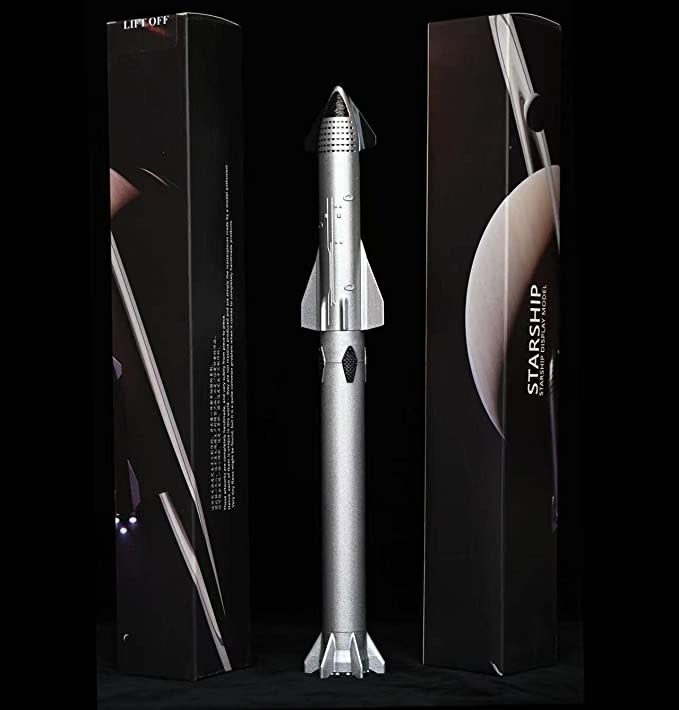FAA to oversee investigation of SpaceX Starship's 3rd test flight

For the third time in 11 months, the U.S. Federal Aviation Administration (FAA) is investigating a flight of SpaceX's Starship megarocket.
Starship launched for the third time ever on Thursday (March 14), roaring into the skies from SpaceX's Starbase site in South Texas. The company aimed to bring both of Starship's elements — its first-stage Super Heavy booster and its Starship upper stage — down to Earth for ocean landings, but both vehicles ended up breaking apart in the atmosphere.
The test flight therefore qualifies as a mishap, and the FAA wants to know what happened. The agency announced this morning (March 15) that it will oversee a SpaceX-led investigation into Thursday's events.
Related: Relive SpaceX Starship's 3rd flight test in breathtaking photos
The 400-foot-tall (122 meters) Starship, which SpaceX is developing to carry people and cargo to the moon and Mars, flew for the first time in April 2023, on a test flight that lasted just four minutes.
It took to the skies again in November, notching several important milestones, including a successful stage separation. But that second trial mission ended after just eight minutes.
The FAA oversaw SpaceX investigations into both of those flights. The first probe identified 63 corrective actions that the company needed to take before launching again, and the second found 17 required fixes.
The number will likely be lower still for flight number three, given how much progress Starship made. For example, Super Heavy aced its "boostback" burn after separating from the upper stage, though the giant booster failed to execute its landing burn properly and broke apart about 1,515 feet (462 meters) above the Gulf of Mexico.
The Starship upper stage reached orbital velocity and hit its proper "coast" trajectory, on its way to a planned splashdown in the Indian Ocean. The vehicle was rolling a bit as it reentered Earth's atmosphere, however, and broke apart about 50 minutes after launch.

Starship Die Cast Rocket Model Now $69.99 on Amazon.
If you can't see SpaceX's Starship in person, you can score a model of your own. Standing at 13.77 inches (35 cm), this is a 1:375 ratio of SpaceX's Starship as a desktop model. The materials here are alloy steel and it weighs just 225g.
Note: Stock is low so you'll have to act quickly to get this. View Deal
RELATED STORIES:
— SpaceX launches giant Starship rocket into space on epic 3rd test flight (video)
— Starship and Super Heavy: SpaceX's Mars transportation system
— SpaceX: Facts about Elon Musk's private spaceflight company
It's unclear when the fourth Starship test flight will take place; the FAA will not consider granting a launch license until the current mishap investigation is over and SpaceX has implemented the required corrective actions, whatever those end up being. But it's safe to assume that SpaceX will be ready to fly when it gets the green light.
"Today, we do have four ships and four Super Heavy boosters built, with more coming off the production line as our star factory continues to grow," Siva Bharadvaj, a space operations engineer at SpaceX, said during a webcast of Thursday's launch.
"These vehicles are slated for future flight tests just like today's," he added. "In fact, just this week, we static-fired our next ship that's planning to fly and expect to test the booster as soon as the launch mount is free from today's flight test."

